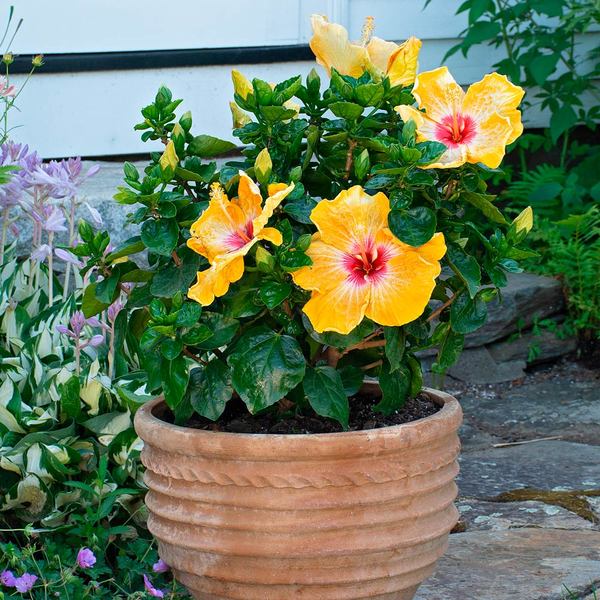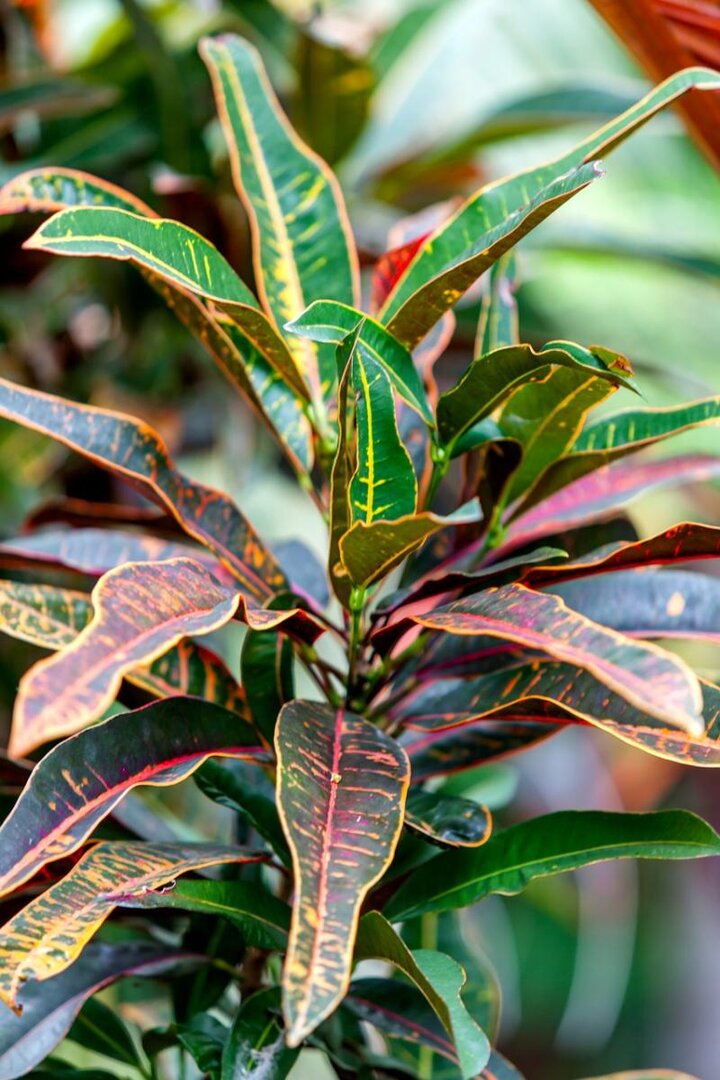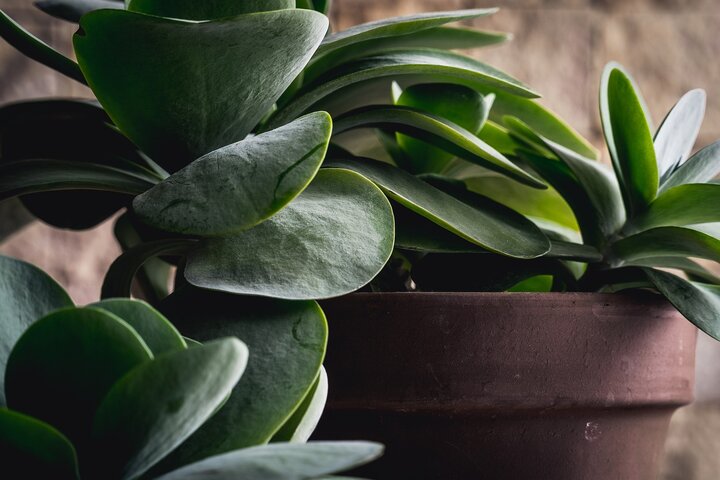Sarah Browning, Nebraska Extension Educator

Tropical hibiscus, like this 'Hollywood Gold Digger', can also be grown indoors if provided a very high light location. Image from White Flower Farms, whiteflowerfarm.com.
Many houseplants thrive outside during summer, growing well with the brighter light intensity, but it will soon be time to bring them back indoors. Most plants grown as houseplants originated in the tropics, so nighttime temperatures dipping into the 40's and 50's F mean it's time to bring them inside.
These plants won't survive frost and some may be damaged by temperatures in the 40's or even the low 50's. As summer winds down into fall, days may be warm enough but nighttime temperatures will soon be too cold for them to stay outdoors any longer.
First - Check for Bugs
Before bringing plants indoors, closely examine them for the presence of these common insects. For more information on insect identification and control, visit Managing Insects on Indoor Plants, University of Minnesota Extension.
- White flies – small, 1/16 inch long, white gnat-like flying insects, usually found on undersides of leaves.
- Spider mites - tiny 1/50th inch long, spider-like insects. Watch for stippling damage and webbing on leaves.
- Mealybugs – sedentary soft-bodied insects, oval-shaped 3/16 inch long, with white powdery or fluffy hair-like covering. Look for them on stems and then undersides of leaves.
- Aphids – small, 1/16 to 1/8 inch long, pear-shaped soft bodied insects. Look for them on the undersides of leaves and on stems. Their feeding creates a shiny sticky honeydew on plant surfaces.
- Fungus gnats – small, 1/16 inch long, dark colored gnat. Larvae live in houseplant soil; adults are a nuisance as they fly around lights in the home at night.

Next - Into Isolation
Insect problems may not be immediately apparent when plants are brought indoors, so it’s wise to keep outdoor plants separate from other houseplants for several weeks. In the warm indoor environment, insects that hitchhike indoors on plants may thrive and multiply.
Isolation makes it easier to watch plants for developing issues, treat any problems that develop and keep them from spreading to other plants.
Insect & Disease Control
For minor infestations, try washing plants carefully with water or a mild soap solution. Houseplant insecticides are available at your garden center for more serious infestations. Rather than risk spreading the problem, you might choose simply to discard severely infested plants and replace them.
Repotting may eliminate pests such as fungus gnats or ants which took up residence in potting soil.
Plant diseases may be more difficult to treat than insects. Like insects, they can spread from plant to plant so, often, discarding diseased plants may be the best choice.

Repotting
Plants which outgrew their pots over the summer will also need repotting. To check for crowded roots, hold the top of the plant with one hand and the pot with the other and rap the edge of the pot on a hard surface to loosen the root ball. Once the root ball is out of the pot, look for roots circling the outside of the root ball. If you find a large mass of circling roots with very little soil showing, the plant needs repotting into a larger container.
If the root ball looks fine but the pot is top heavy from top growth, pruning may be in order. Broken or otherwise damaged plant parts should also be removed. Prune any wild new growth shoots to create an attractively shaped plant.
Indoor Plant Care Tips
A common occurrence after plants come back indoors is leaf drop as they adjust to significantly lower light levels. Putting plants where they'll receive all the natural light possible and/or supplementing natural light with light from fluorescent tubes should reduce or prevent leaf loss.
Remember plants growing indoors aren't subject to the drying winds and warm temperatures they experienced outdoors, and growth will slow down with the reduced light. This means they will require less water than they did while outside. The summer practice of frequent watering needs to be adjusted to avoid overwatering. A plant needing water once a day while outside in July and August may only require watering once a week or less in the house during winter.
Water when the soil is beginning to dry out rather than on a regular schedule. Monitor plants carefully and test soil moisture levels before watering. If the top 1-inch of soil feels dry or the plant begins to wilt slightly, it’s probably time to water.
When you check the soil for moisture, use the opportunity to examine plants for developing insect or disease problems. Indoors, a minor problem can become a major one seemingly overnight.
As we move closer to winter, with its short days and low light conditions, some plants go into a rest mode producing little new growth. These plants need little, if any, fertilization during this period. Fertilizing when plants aren't actively growing results in a buildup of fertilizer salts in the soil that can damage plant roots.
However, if you have a very brightly lit south or west window, or have provided your plant with supplement light, it may still be actively growing even in winter. In that case, treat it as an actively growing plant. Newly repotted, unrooted, dormant and wilted plants should not be fertilized.
Images
- Crotons are another high light plant which grow well when outside in summer, but they are prone to attack by spider mites, mealybugs and whiteflies. Check each plant well for signs of insect problems before bringing it indoors. Image from Pixabay.com.
- Even succulents and cacti can develop insect problems; check for mealybugs before bringing them indoors in fall. Image from Pixabay.com.
Search Our Archive
Associated Video
Landscape Lesson: Houseplants Succulents
Nebraska Extension Landscape Horticulture Specialist Kim Todd takes a look at selections for houseplants and succulents.